Sections
The central aim of adaptive brain interface (ABI) is to extend the capabilities of physically impaired people to access new services and opportunities. Adaptive brain interface develops a reliable brain computer interface (BCI) system that addresses the needs of the severely paralyzed individual by restoring the communication capabilities.
ABI is a portable brain computer interface based on the analysis of electroencephalogram (EEG) signals and interface is P300 based speller. On analyzing the spontaneous EEG signal, the neural classifier recognizes 3 different mental stages. Hence to operate the communication and control devices, the output of the classifiers are used as the mental commands.
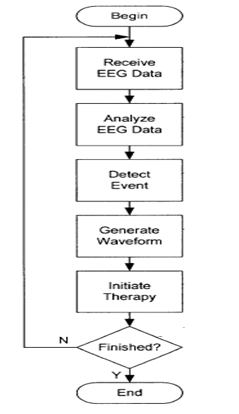
Fig 1: Flow Chart
The brain signals are acquired using a cap with a few integrated electrodes. For the further analysis these signals are preprocessed and send to the computer. The neural network classifier embedded on the brain interface recognizes the mental task that the user is concentrating. Each mental task refers to a simple command. Hence using their brain activity the user can communicate to others. The only requirement is that user should be conscious of their thought and to concentrate sufficiently on the mental expression of the command required to carry out the desired task.
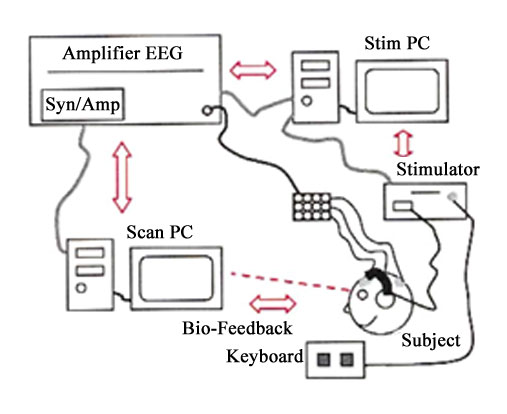
Fig 2 : Block Diagram Explaining The Working
An ABI is a communication system that is independent on brains normal output pathways such as speech or gestures. ABI uses electrophysiological signals from the brain. The signals from the brain are adapted using an implantable neuro simulator fixed on the users head. The neuro simulator includes a direction subsystem and a stimulation system. The detection subsystem is used for isolating an electrographical signal and the stimulation system is used for applying an adaptive stimulation signal based on the least in part upon the electrographical signal characteristics.
Components required for ABI system are
Used to process the electrical signal read from the patient’s brain.
Devices which are used to record brain signals
Set of electrode connected to a cap like structure. These electrodes help in reading signals in the brain thereby understanding what the user is concentrating on.
It amplifies bioelectric potentials associated with neuronal activity of the brain.
Computer machine with which the Patient interaction is done.
PC that manages the functioning of the whole system for acquisition, processing and visualization as well as the exchange of EEG data with external programs.
Phase 1
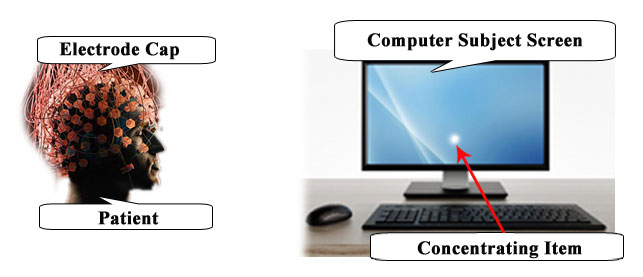
Fig 3; Showing an Example of ABI Working
The figure shows that the man is wearing an electrode cap. This cap is used for acquiring EEG signals from the brain. There is a computer subject screen with which the patient will interact. On analyzing the neural signal it is possible to obtain the idea of what the patient is concentrating on. Notice the blue ball shown on the computer subject screen. The patient is asked to concentrate on the blue ball and choose a task of moving the ball up or ball down.
Phase 2
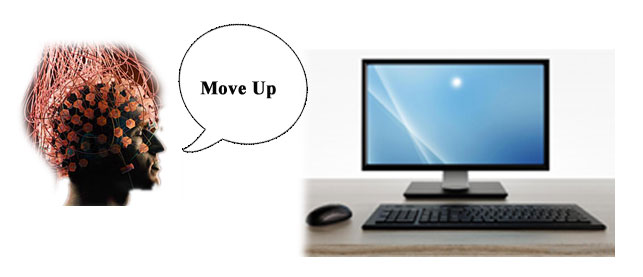
Fig 4: Showing an Example of ABI Working
In this example the patient is concentrating on moving the ball up.
Phase 3
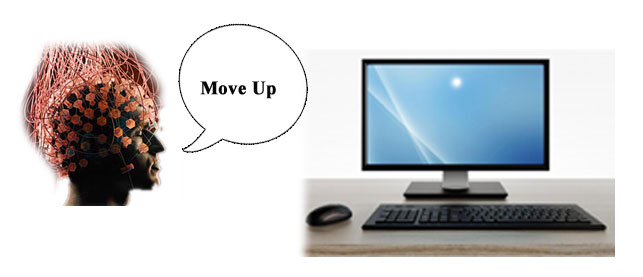
Fig 5: Showing an example of ABI Working
At the end as the patient is concentrated on moving the ball up, the ball is noticed to be moving in the upward direction.
1) Increase capabilities of Physically-disabled people:
2) Non invasive technique:
3) Real Time and ease of use:
4) Low cost
5) Portable
1) Brain is incredibly complex
There are about 100 billion neurons in a human brain. Each neuron is constantly sending and receiving signals through a complex web of connections. There are chemical processes involved as well, which EEGs can't pick up on and so it may be difficult to recognize the task on which the user is concentrating on.
2) Poor signal resolution
The signal is weak and prone to interference.
3) Limited physical movement
ABI system is sensitive to muscle contraction, limiting the user's physical movements during cognitive activity measurements. Hence ABI extend the capabilities of the physically impaired persons to access new service and opportunities by interpreting the EEG signals which is related to the characteristic parameters of brain electrical activity.
Sections